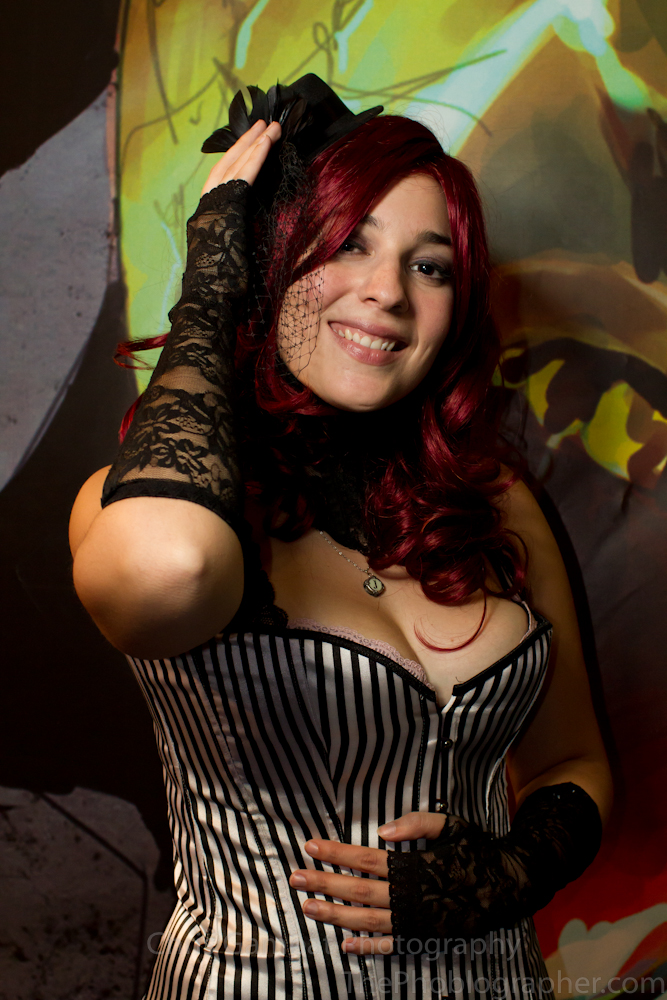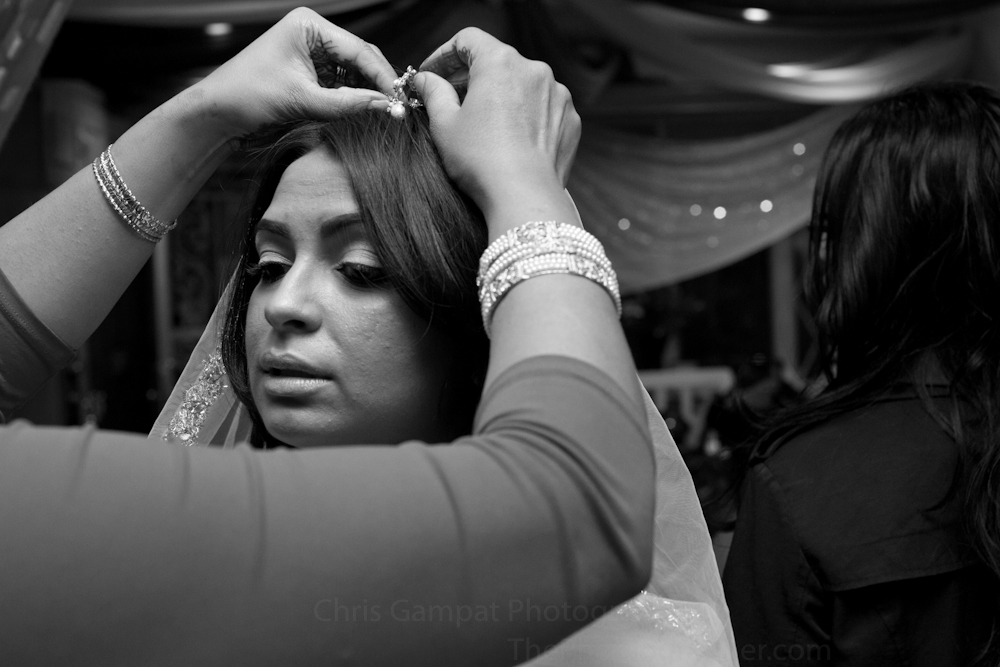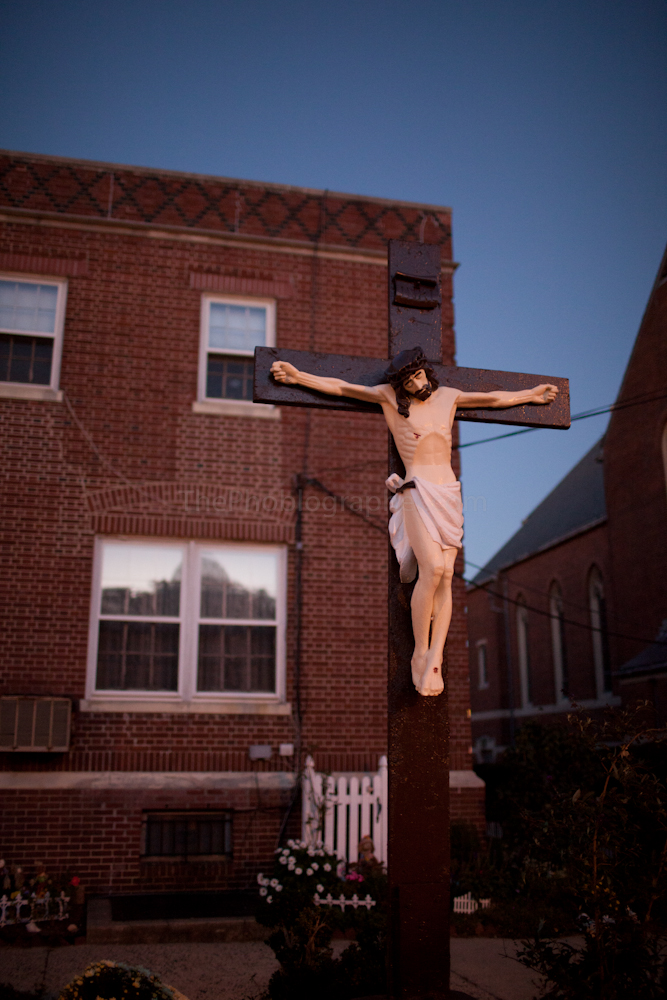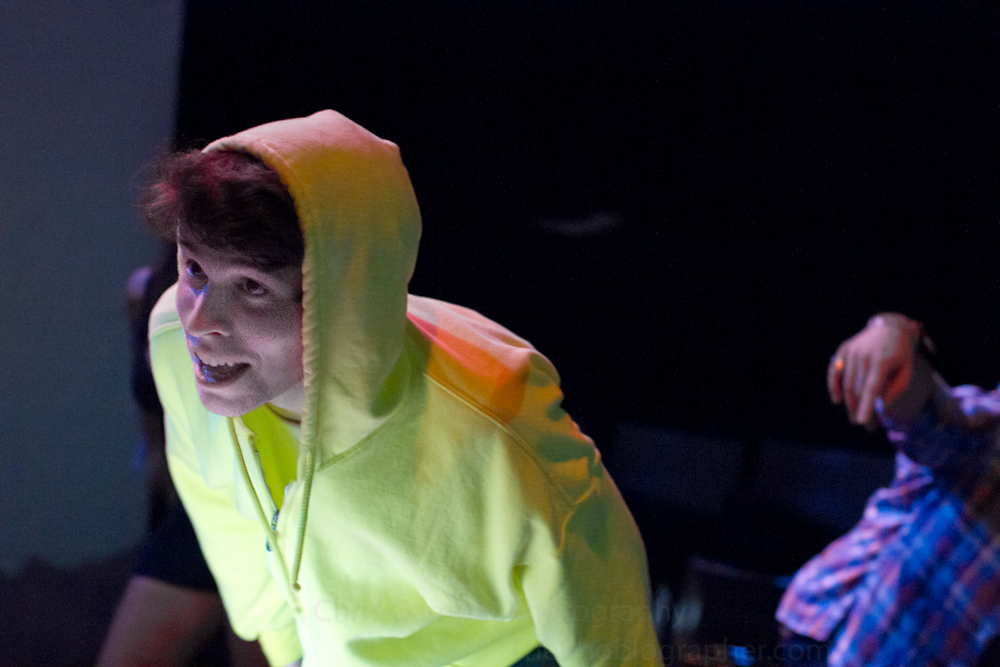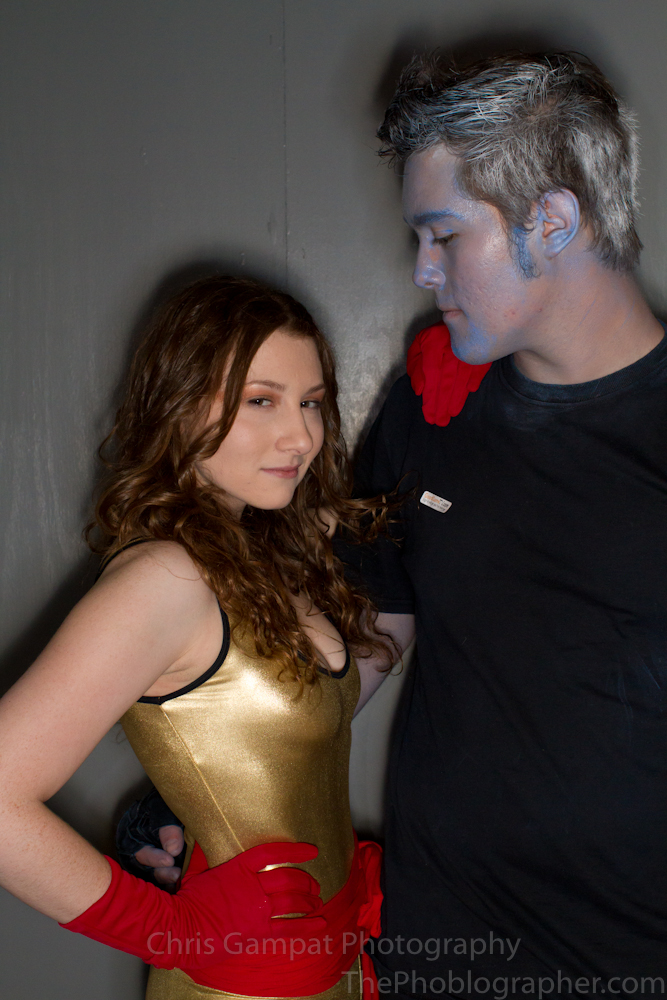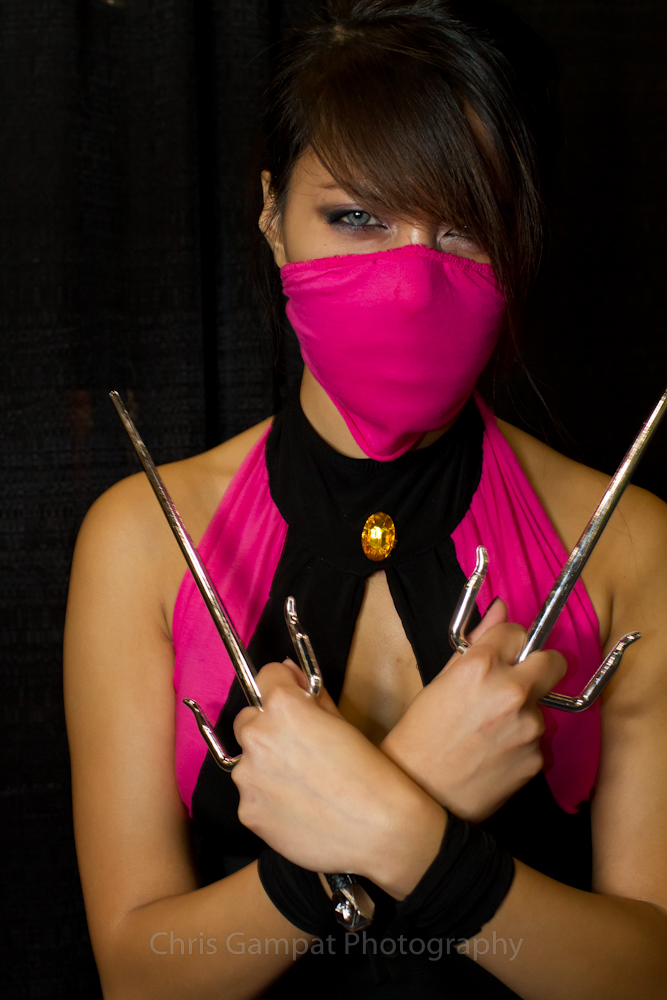Last Updated on 07/30/2011 by Chris Gampat

Many postings on the blog have been written about the Canon EF 35mm f/1.4L USMlens. However, a proper field review was never completed. With that said, we decided to do one long, kick-ass review of this lovely gem. Although equivalent to one month’s rent, in the hands of a skilled user it will be able to bring back more than the equivalent amount of money.
Complete Postings
Samples of The Orbis At a Wedding– The Canon EF 35mm f/1.4L USMlived on the Canon 7D for most of the time. More samples on our Facebook page.
The Canon 7D vs Nikon D300s In Shooting Concerts– The wide open aperture combined with great sharpness made the 35mm F/1.4 L a winner for concert shooting. Actually, it shot two concerts.
New York Comic Con Day 2: The Orbis Continues to Amaze Me– This was an extremely popular posting and proved that on an APS-C sized sensor, the 35mm F/1.4 L can be a great portrait lens. And here’s further proof.
Ergonomics
The Canon EF 35mm f/1.4L USMlens is one of Canon’s top of the line lenses; hence the “L” status, price tag, and the red ring around the top end of the unit. The lens has a huge front element with a 77mm filter thread. Right below that is a large ring used for focusing. Users with larger hands and those that appreciate the feel of larger focusing rings will take quite a liking to this lens. Additionally, it may also be of very big use to cinematographers that put high value into their prime lenses. When your hand is cupping the lens for focusing, it can easily access the manual focus/autofocus switch right below the ring.
The lens gets thinner the closer it gets to the mount. It is a fixed focal length, which means that it does not zoom, and is therefore known as a prime. It can easily be stored in a slot in many of the various bags we reviewed. To be more specific, Domke users will be able to put it into one of their bag’s slots with the included soft lens bag. BJX users and those that love single sling backpacks will be able to snugly put the lens into a pocket. And finally, the lens was actually able to stay mounted on the camera when using the M Classics Compact bag. Portability is very important to most photographers; especially:
Photojournalists- The need to be mobile is very important with this field of view when using a fixed focal length or a number of them.
Street photographers- The 35mm will perhaps intimidate some users because it is so large, but it will be invaluable when combined with the reciprocal shooting rule. For reference, this means that the slowest shutter speed being used should be the equivalent to the focal length. Because the lens is so well balanced on most DSLRs, camera shake will almost never be an issue.
Wedding photographers- 35mm lenses are excellent during the reception or religious ceremonies. More on this in the samples.
Concert photographers- Same as everyone else.
Throughout my tests, I’ve never had any problems with letting the lens autofocus and then touching it up manually. The larger focusing ring really helps with this.
Perhaps my favorite part of the lens though might have been the focusing scale that I figured I’d be able to use for hyperfocal length shooting if needed. Because of the very impressive autofocusing abilities, I haven’t used that scale once.
Autofocus
The focusing on the Canon EF 35mm f/1.4L USMlens is like a ninja—swift, silent, and precise. To use the autofocus function, you’ll need to ensure that the lens is switched to autofocusing.
One Shot AF
Performance using this focusing mode on a camera like the Canon 7Dis extremely accurate and very fast. Despite the lens being a tad bit on the heavy side, the focusing motors allow the photographer to be able to focus in on the subject quickly, sharply and accurately. Studio photographers shooting 3/4ths portraits will be pleased with the performance that this lens can deliver. That’s not to say that it is only good at this autofocus setting.
AI Servo AF
AI Servo is the preferred focusing mode of Canon photographers that tend to shoot sports. For my purposes, it’s my choice when shooting concerts for the reason that musicians tend to move around quite often. Combined with the low-light abilities that an F/1.4 lens has, it can deliver some very promising and gorgeous results.
AI Focus AF
AI Focus is my choice when shooting weddings and anything that requires more of the photojournalism skills that I learned from my mentor. However, it can also be very useful when a wedding photographer is walking around capturing candid photos as the subjects tend to be very animate at times. For those of you that almost never use it, AI Focus switches the camera between one shot and servo. No matter what the situation is, this lens is never slow and never disappointed me.
For the autofocusing reasons alone, it has almost replaced the Canon EF 24-105mm f/4 L IS USM Lensas my bread and butter lens.
Build Quality
This lens is built extremely well. When holding it, you know that this is a lens meant to help a photographer make money. The Canon EF 35mm f/1.4L USMis very simple to use: just a focusing switch and a focusing ring. The rubber around the focusing ring doesn’t feel like it will come off at any time and turning it actually delivers one of the smoothest focusing experiences I’ve had with a Canon lens.
Canon recommends that for complete weatherproofing of this lens that you attach it to one of the company’s higher grade cameras and seal the front element with a filter.
Photojournalists and Landscape photographers would perhaps appreciate the build quality of this lens the most as it is one of the smaller L lenses and is robustly built. Though I haven’t dropped the lens, it has taken quite a number of bumps at Comic Con and while in my various bags.
Although many working professionals will still want to wrap tape around the lens to protect, there probably is very little reason to do so—especially given the work that this lens was intended to do.
Sharpness
To do this test, I set up a sheet of newspaper against my wall and focused on a particular spot. All tests done with the Canon 5D Mk II on a tripod. The camera was set to the tungsten white balance, and in aperture (Av) priority. All shot at ISO 320 and the camera was fired using the Pearstone C2 Wireless Remote Shutter Releases. Focusing was placed on the large Metro insignia.








Samples Images
Please Support The Phoblographer
We love to bring you guys the latest and greatest news and gear related stuff. However, we can’t keep doing that unless we have your continued support. If you would like to purchase any of the items mentioned, please do so by clicking our links first and then purchasing the items as we then get a small portion of the sale to help run the website.


